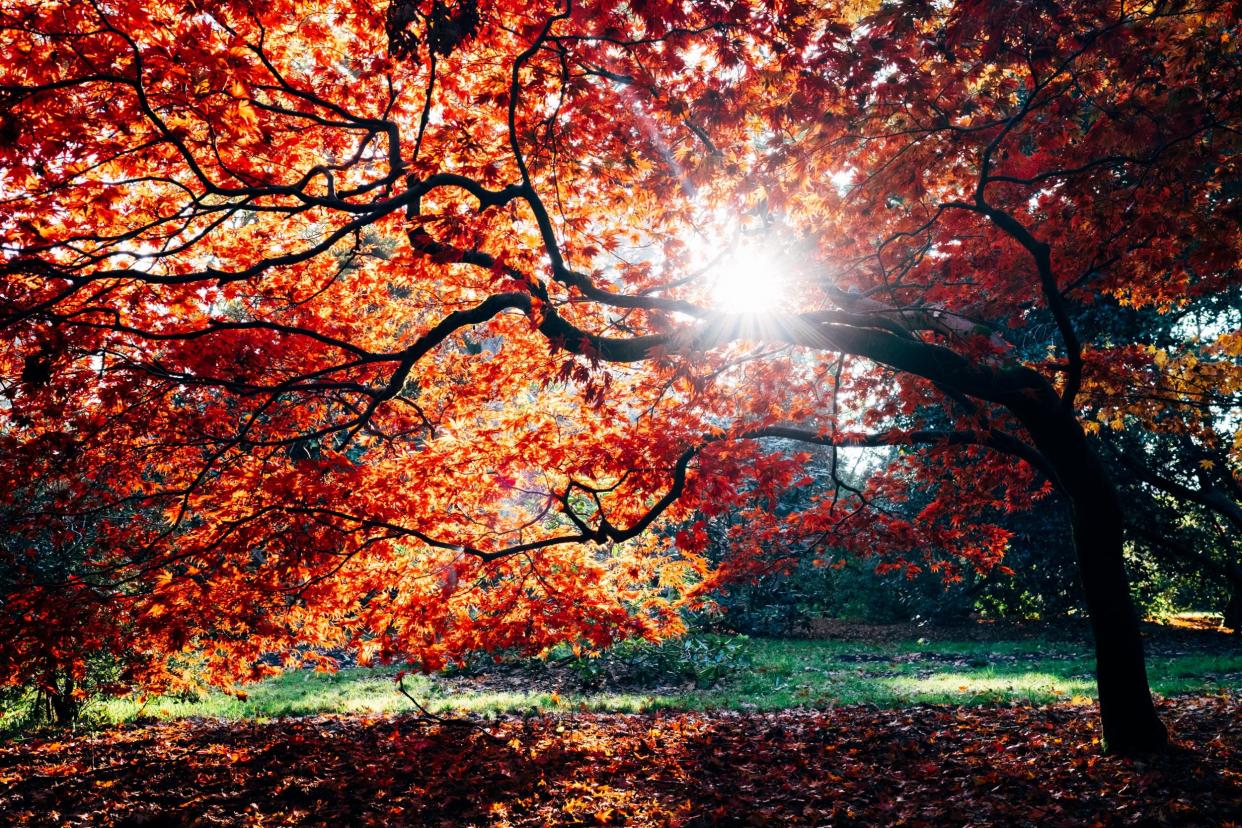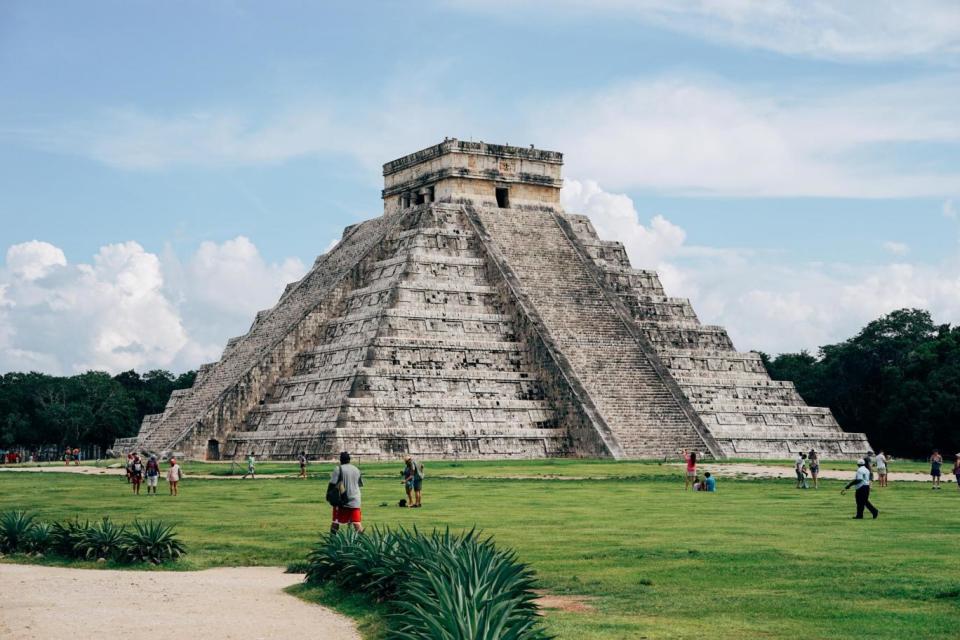Autumn Equinox 2018: When is the first day of Autumn and how is it celebrated?

That brisk chill in the air and the sipping of pumpkin spiced lattes may have you believe autumn has officially started, but you'd technically be wrong.
Autumn officially starts this weekend with the arrival of the Autumn Equinox, when the sun crosses the Earth's equator from north to south.
As well as signalling the start of a new season, the Autumn equinox has a spiritual meaning for pagans as it's when day and night are most equal and the earth therefore balanced.
Here's everything you need to know about the Autumn equinox for 2018:
What is the Autumn Equinox?
An equinox is a phenomenon which only happens twice a year - once during the Spring Equinox and once during the Autumn Equinox.
It happens when the sun positions itself exactly above the equator between the Northern and Southern Hemisphere.
For those in the Northern Hemisphere, it marks the beginning of fall and for those in the Southern Hemisphere, it marks the beginning of spring.
After the Autumn equinox, the night becomes longer than the day while the opposite happens after the Spring Equinox.
The term "equinox" stems from the Latin word "equi," meaning equal and "nox," meaning night.
When is the Autumn Equinox?
This year, the Autumn Equinox takes place in the early hours of September 23, just before 3 am UK time.
The Autumn Equinox always falls on one of three days towards the end of September.
The date varies because the Earth's orbit takes 365.25 days, which we round down to 365. Consideration also has to be given to the leap year day added every four years.
How is the Autumn Equinox celebrated?

People have been commemorating the Autumn Equinox for centuries.
Ancient peoples such as the Druids in England and the Maya in Central America see it as a marker of the harvest season.
During the Autumn Equinox, neo-druids gather at Stonehenge to perform rituals.
In Mexico, crowds flock to the pyramid at Chichen Itza on the Yucatan Peninsula. A serpent-headed statue is placed at the foot of the pyramid and as the sun sets, the sunlight and the shadow show the body of the serpent joining with the head.

 Yahoo News
Yahoo News 
